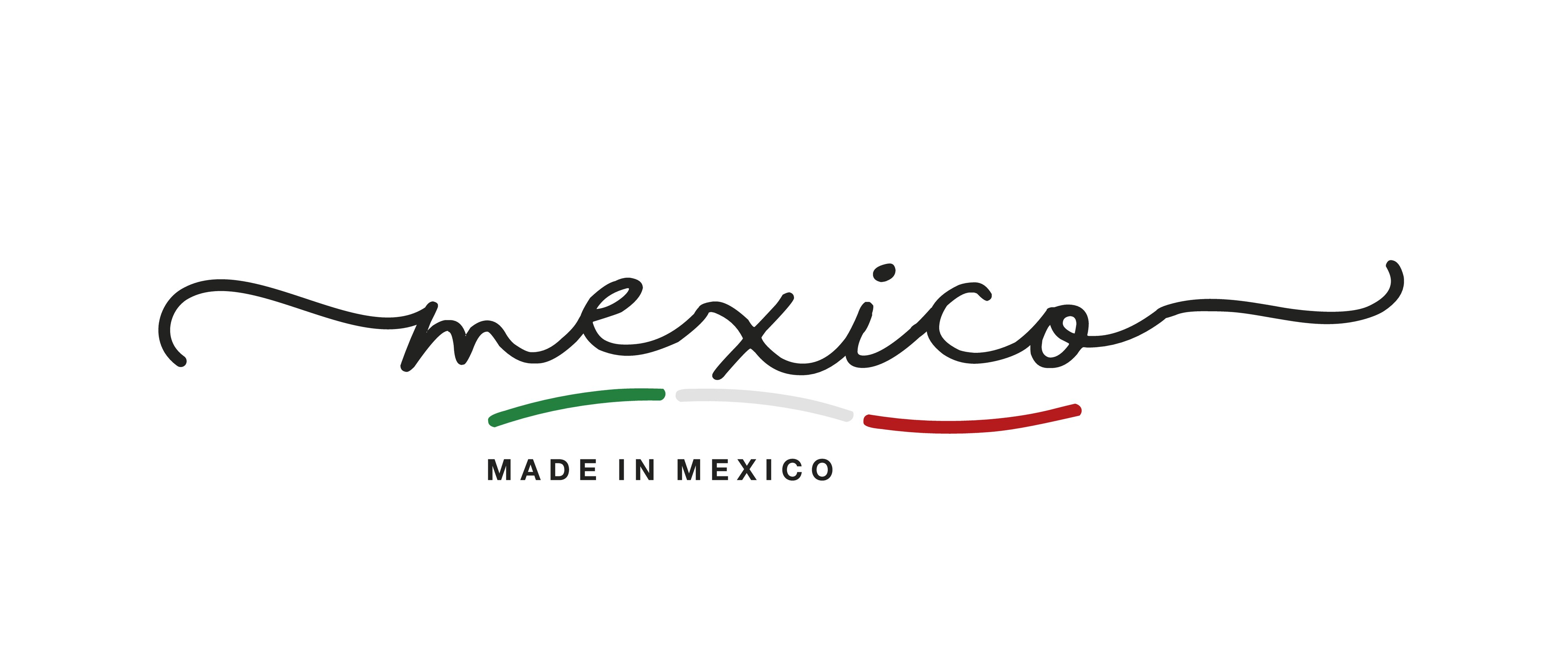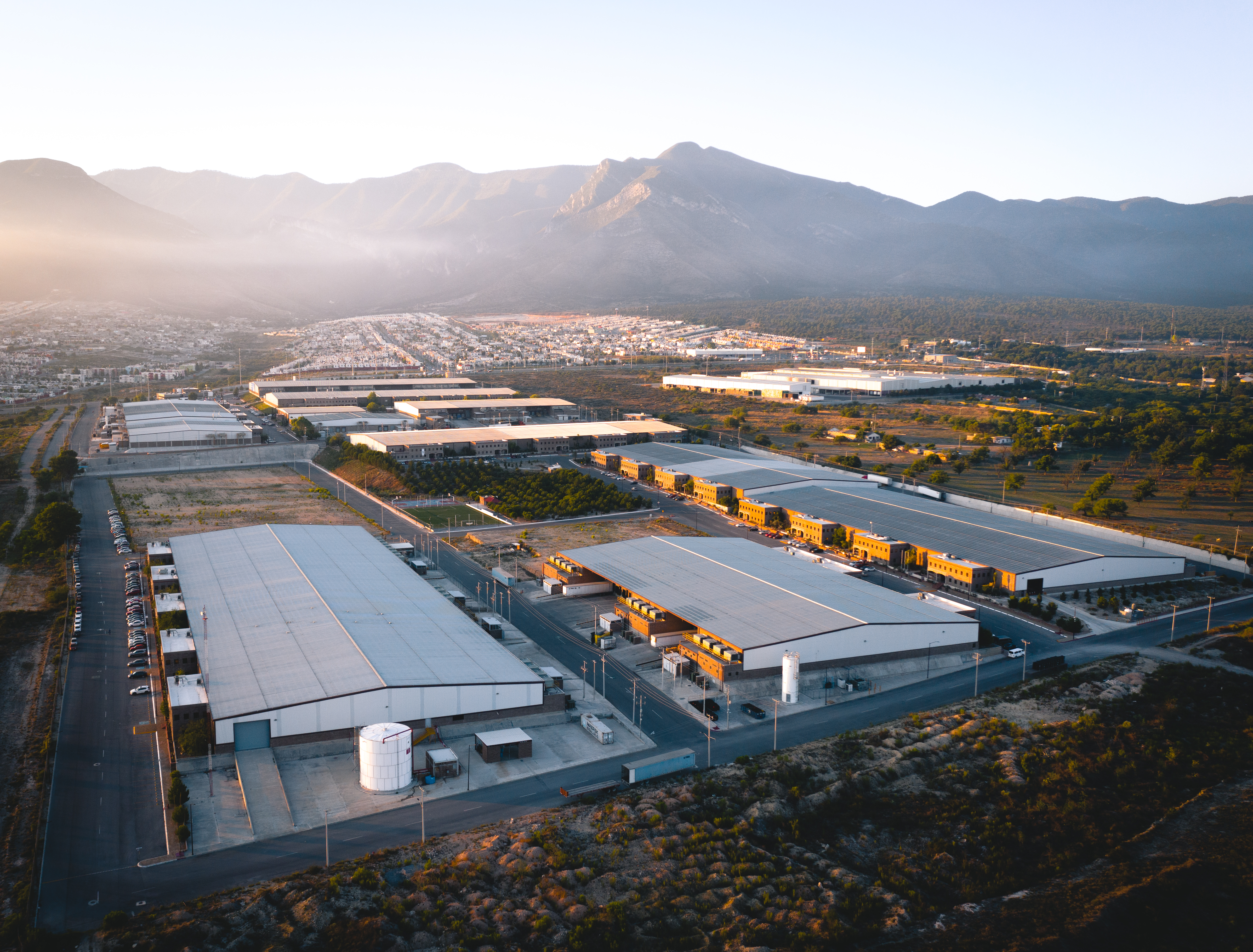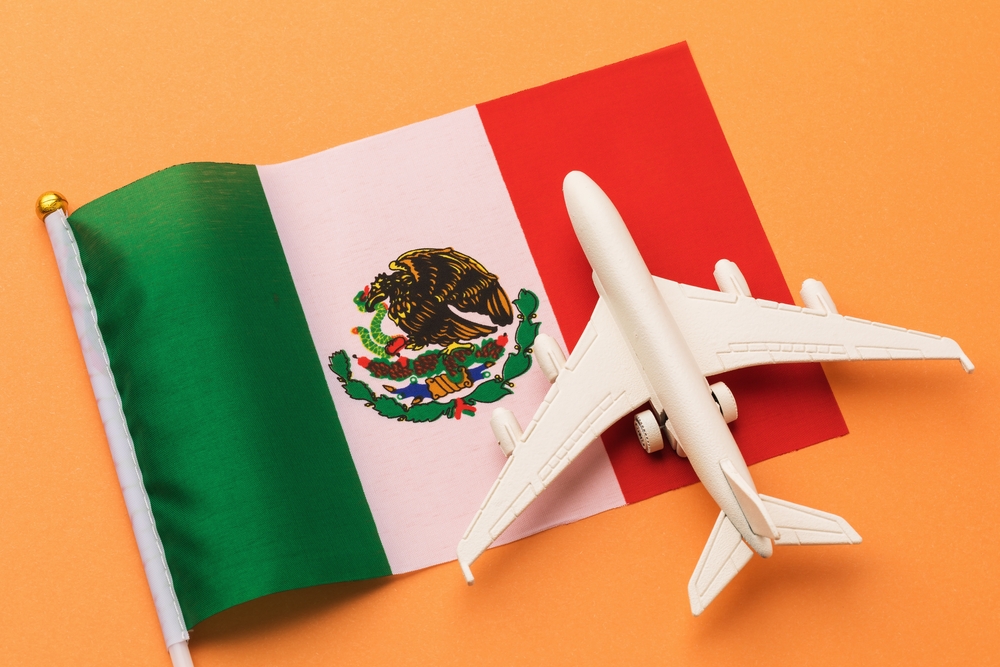It is no secret that the automotive industry is a lucrative one, responsible for producing millions of dollars worth of products around the world. You only have to visit a luxury car dealership to see the kind of cash that’s at stake.
For companies based in the United States, taking advantage of the Mexican automobile industry has unlocked a whole new world of potential profit, while keeping costs as low as possible. In recent years, however, the industry has undergone a number of changes and developments, all of which have had an impact on costs—for better and for worse.
What Costs Are Involved In Auto Manufacturing?
Sometimes, it can feel as though car manufacturers are charging extortionate prices just to award themselves an overly generous profit. When we take a closer look, however, it becomes obvious that there are actually a vast range of costs which go into creating an automobile. When manufacturing vehicles, there are two main types of costs:
Fixed costs—for example, sourcing suppliers, maintaining facilities, and testing new vehicle prototypes.
Variable costs—for example, raw labor and materials.
To gain a better understanding, we will take a closer look at some of the main manufacturing costs involved:
Raw Materials And Parts
Auto parts and raw materials are the largest costs in auto manufacturing and typically account for up to 57% of the total cost of manufacturing a car.
Research And Development
Prior to the manufacture of any new vehicle model, mandatory research and development must be completed. In total, research and development make up around 16% of the total manufacturing cost.
Sales Tax
Sales tax must be added to the cost of production for every vehicle. This is yet another cost that must be factored into the price of the car on the market.
Direct Labor And Advertising Charges
Once the manufacturing process is finished and the marketing effort has begun, the manufacturers will need to add the cost of advertising to the price of the automobile, as well as labor costs.
Other Factors
Manufacturers also need to consider their overhead costs, including those of the production facility: depreciation, logistics, transport, and any dealership markups.
The total costs involved will vary from car to car, but, in those at the higher end of the market, costs can add up significantly. This is part of the reason for the higher price tag on luxury vehicles.
What Has Changed?
There have been major evolutions in the automotive industry, and each of these has had an impact on the costs and profits involved with manufacturing.
Changes In Japan
Two of the major changes in automotive production have come from Japan. One of them, known as lean manufacturing, is about eliminating production waste and increasing efficiency.
Japan has also led the push for greater fuel efficiency. This has resulted in a boost of automotive power for Asia, and a number of popular models and vehicles have emerged from this region in recent years.
Eco-Friendly Technology
There has been a major push toward eco-friendly solutions in almost every industry— including automotobiles. Technology in this area has been growing and evolving rapidly, with China in particular taking a serious lead, especially in regard to environmentally friendly battery management systems and production.
Cultural Differences
Cultural differences can have a huge impact on the way in which manufacturing operations run and the costs incurred. Countries based in the West will typically enjoy highly standardized control specifications, uniform across sites, and these will be strictly enforced across all operations.
Elsewhere, however, companies may be more likely to create their own specifications, which will usually be based on local traditions and requirements, rather than following a globalized standard.
A looser approach to specifications, based on local autonomy, can offer the manufacturer greater experimentation and innovation opportunities, allow new technologies and ideas to be adopted more quickly, and see the final product entered into the distribution chain more rapidly.
However, the cost of managing a number of different systems can be more costly than implementing a single system, as more parts are needed, and training must be implemented to allow workers to adopt the new procedures.
How Can Costs Be Reduced?
While costs are a given in any manufacturing process, there are a number of tricks employed by businesses to help reduce these as much as possible—including offshoring manufacturing. This is particularly popular in businesses based in the United States, and they have typically set up manufacturing plants south of the border.
Offshoring to auto plants in Mexico gives car manufacturers such as General Motors quite a few benefits. They are able to take advantage of reduced wages since wages in Mexico are lower than in the US.
Other benefits include skilled labor and lower transportation costs. Enough auto manufacturers have moved production south of the border that auto parts are now one of the main imports of Mexico. All of these combine to cut the total cost of auto production and allow businesses to enjoy a significant boost to their overall profit.
Subscribe
Sign up and stay informed with tips, updates, and best practices for manufacturing in Mexico.





